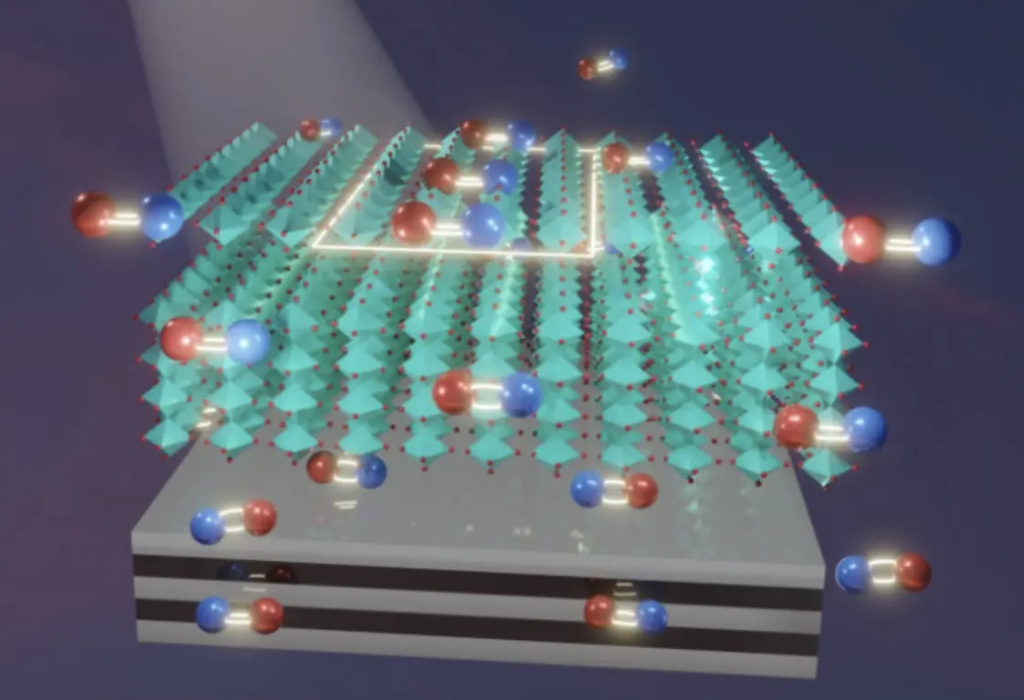Photovoltaics in perovskite, the trick of the “mirror” that deceives recombination
(sustainabilityenvironment.com) – New metal substrates instead of the classic glass to increase the efficiency of photovoltaic perovskite almost three times. It is the goal achieved by a study led by Chunlei Guo, professor of optics at the University of Rochester. Guo and colleagues have chosen a physical approach to improve the conversion of light into electricity by taking advantage of the know-how gained in the field of complex metals.
In detail, the study found a way to substantially reduce the recombination between electrons and gaps within the cell without using chemical treatments. Recombination is a “natural” phenomenon. All photovoltaic materials – including perovskites – generate electricity by allowing sunlight to excite its electrons and free them from the source atoms to generate an electric current. But sometimes electrons fall back into the “gaps” that they left (recombination), reducing the overall current and thus the efficiency of the material.
Guo’s team demonstrated that such recombination could be substantially prevented by combining a perovskite film with a metal layer or a metamaterial substrate consisting of alternating layers of silver, a noble metal, and aluminum oxide, a dielectric. Scientists claim that doing so creates a kind of mirror that produces inverted images of electron-lacuna pairs, reducing up to 50% the probability that the electrons recombine.
Read also All-perovskite tandem photovoltaics, towards mass production
“No one else has come to this observation in the perovskites,” Guo said. “Suddenly, we can put a metal platform under the material, completely changing the interaction of electrons inside”. The work has been shown to increase the efficiency of converting light in photovoltaic to perovskite by 250 percent. The results are reported in Nature Photonics.

